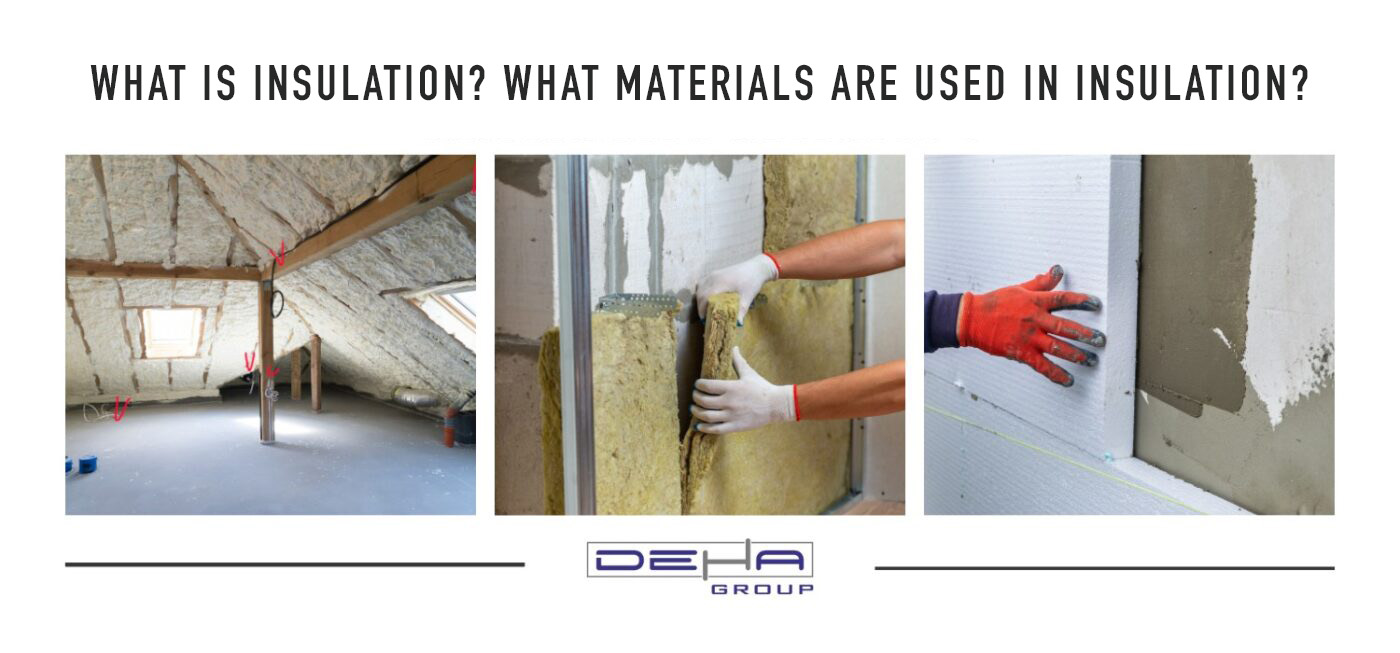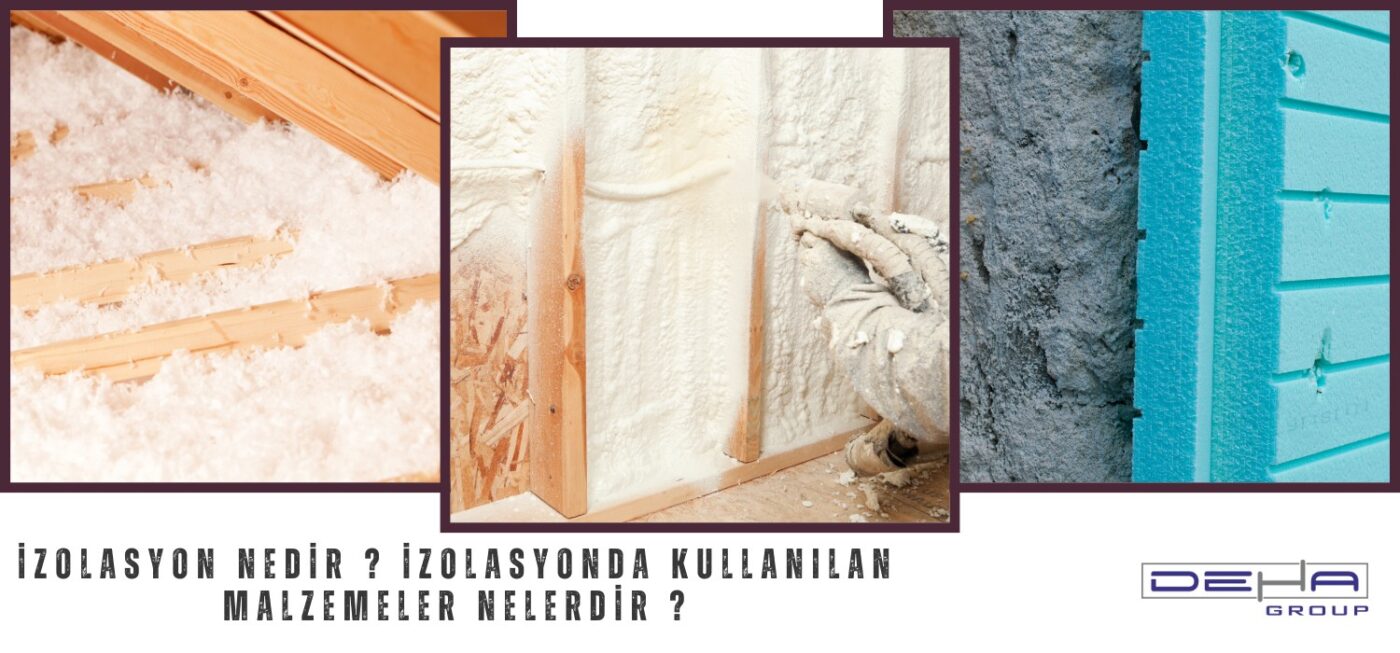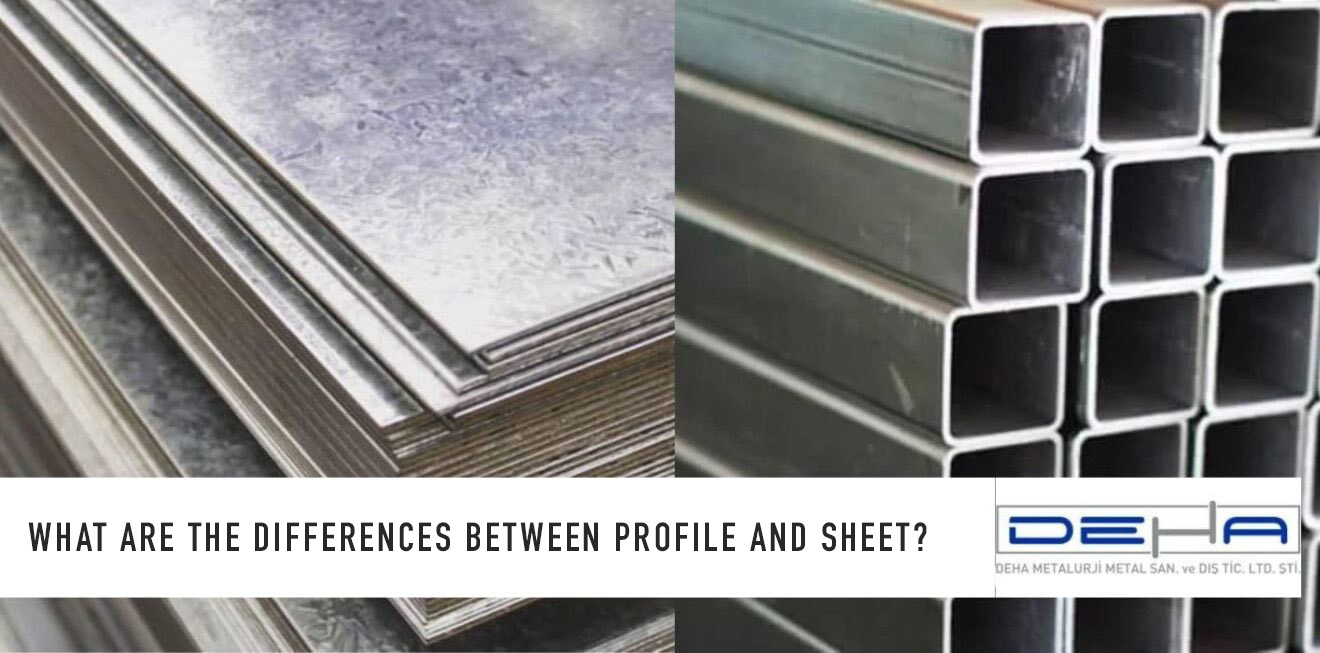
Insulation is an application that ensures the protection of structures from external factors. Its main purpose is to prevent elements such as heat, sound, and water from damaging the building. Properly performed insulation increases the energy efficiency of buildings, ensures their longevity, and improves indoor comfort. Especially in regions with significant temperature fluctuations, insulation helps regulate the indoor temperature of buildings.
The fundamental principle of insulation is to create a barrier between the interior and exterior environments, minimizing energy losses. This reduces both heating and cooling costs. Additionally, it provides sound insulation, reducing noise pollution. With these features, insulation holds significant importance in terms of both comfort and savings.
Insulation applications also support the longevity of structures. In buildings without waterproofing, moisture and water leaks can occur over time, leading to decay and damage. Therefore, insulation is indispensable for both energy efficiency and building health.
Insulation materials vary depending on their application areas and purposes. Among the most commonly used materials are fiberglass, rock wool, polystyrene (EPS), XPS, polyurethane foam, and insulation boards. Fiberglass and rock wool are products made from natural materials and are known for their fire-resistant properties. These materials, which are particularly effective in thermal and sound insulation, are generally preferred for roof, wall, and floor insulation.
Polystyrene (EPS) and XPS are among the most popular materials used in thermal insulation. These materials are lightweight, durable, and cost-effective. While polystyrene is mostly used for wall and floor insulation, XPS is preferred for exterior facades and foundations. Polyurethane foam is an insulation material that can be applied in spray form, providing excellent insulation by adhering perfectly to the surface without leaving any gaps.
The choice of insulation materials should consider the geographical location of the building, climate conditions, and specific needs. For example, in cold climates, thicker materials with higher insulation capacity are preferred, while in warm climates, lighter materials may suffice. Factors such as fire resistance and water impermeability of the materials should also be considered.
One of the most important benefits of insulation is that it increases energy efficiency. Good insulation keeps the indoor temperature stable, providing a cool environment in summer and a warm one in winter. Thus, the heating and cooling needs of buildings decrease, reducing energy consumption. Energy savings not only reduce environmental damage but also lead to a significant reduction in energy bills.
Especially for large structures and industrial buildings, energy costs are quite high. Insulation applications in such buildings can provide significant savings in the long term. Insulation is a major investment not only for individual homes but also for commercial and industrial buildings. The building’s longevity, reduced maintenance costs, and increased energy efficiency are among the fundamental advantages that insulation offers.
Performing insulation with the right materials and techniques enhances the durability of buildings. Therefore, when insulating, it is necessary to seek support from experts, pay attention to material selection, and use quality products. When applied correctly, insulation offers an environmentally friendly solution and provides long-term cost advantages.

Insulation may require different types of applications. Thermal insulation, sound insulation, and water insulation are used to meet the different needs of buildings. Thermal insulation is done to maintain indoor temperature and prevent energy loss. Sound insulation provides a comfortable environment by reducing noise. Water insulation provides protection against moisture and water leaks. Each type is applied with special materials and techniques.
Benefits of Thermal Insulation
Thermal insulation increases energy efficiency in buildings and reduces energy consumption. Good thermal insulation regulates indoor temperature and provides comfort independent of external conditions. It retains warmth in the winter and coolness in the summer. This offers savings on energy bills and reduces environmental impacts. Additionally, it extends the lifespan of buildings, reducing maintenance and repair costs.
Sound Insulation and Its Advantages
Sound insulation reduces noise pollution, offering a more peaceful living space. Especially for those living in cities or noisy environments, sound insulation improves quality of life. This type of insulation can be applied to areas such as walls, ceilings, and floors. Soundproofing materials prevent sound transmission, creating a quieter environment both indoors and outdoors.
The Importance of Water Insulation
Water insulation ensures protection of buildings from water and moisture. Applied particularly in basements, attics, and exteriors, water insulation enhances the waterproofing of the structure. Water leaks can eventually damage the building and lead to health issues. Therefore, effective water insulation maintains structural health in the long term and reduces maintenance costs.
Insulation application techniques vary depending on the materials used and the type of structure. For thermal insulation, sheet or foam materials are generally used, while denser materials are preferred for sound insulation. In water insulation, waterproof coatings and membranes are usually used. Each application technique is determined based on the characteristics of the material and the needs of the structure.
Insulation provides important benefits both economically and environmentally. By increasing energy efficiency, it reduces energy costs while also lessening environmental impacts. Less energy consumption offers an eco-friendly solution by reducing carbon emissions. Additionally, it reduces maintenance and repair costs of structures in the long run. Insulation offers significant advantages both individually and socially.

 TR
TR






